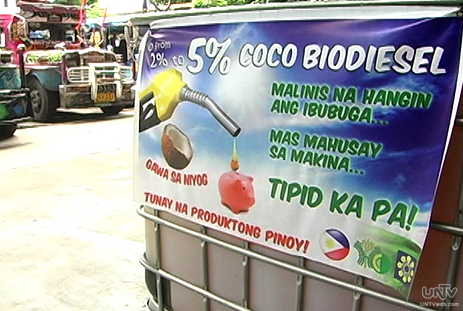January 19, 2024
By Melody Mendoza Aguiba
The private sector has asked the Department of Agriculture (DA) to scrap the Minimum Access Volume (MAV) in poultry and pork imports while also ensuring that fees collected from the Safeguard Measures Act implementation be channeled for the competitiveness of the agriculture sector.
In a meeting last January 18 with DA Secretary Francisco Tiu Laurel, the Philippine Chamber of Agriculture and Food Inc. (PCAFI) asserted the MAV has become useless as actual import volume for chicken, pork, and corn have ballooned many times more than the MAV.
“The volume of importation for chicken is more than 15 times the MAV.
Thus, our treaty commitment with the GATT-WTO shows that with this
condition, there is no longer need for a MAV,” said PCAFI President Danilo V. Fausto.
Philippines’ committed in 1995 to the General Agreement on Tariff and Trade-World Tade Organization (GATT-WTO) for an import volume of 23,500 metric tons (MT) for chicken with lower tariff of 40% under MAV.
Outside MAV, tariff commitment was at 50%. However, in 2005 tariff rate became equal for in and out of MAV volume.
Removing MAV will result in a “level playing field among importers and importers vis a vis local producers,” Fausto said.
PCAFI is concerned that farmgate price of chicken reported by the United Broilers and Raisers Association as of January 4 was P89.15 per kilo liveweight. This is way below production cost per kilo. For imported chicken, estimated cost was at P84.83 per kilo within MAV and P90.83 per kilo outside MAV.
On the other hand, retail price as per DA Bantay Presyo data on January 4 was at P170 to P180 per kilo.
In 2023, total chicken importation stood at 426,620 kilos. The same sitution is true for corn and pork where actual import volume far exceeds MAV.
In his Aide Memoire No. 2, Fausto also asked government to strictly enforce Section 34, Chapter 4 of the Safeguard Measures Act (Republic Act 8800) which was aimed at protecting local farmers from any surge in imports.
This mandates that fees and safeguard duties from the implementation of RA 8800 totalling to 50% be allocated for the competitiveness of the agriculture sector adversely affected by the surge in imports.
“RA 8800 was approved last July 19, 2000. Two decades have passed and
we have yet to see where the money collected under the law was allocated.
More particularly coffee, pork and chicken,” said Fausto.
As the coffee sector is negatively affected by excessive imports, PCAFI asked DA to use the RA 8800 fees to develop the coffee industry.
“The DA budget should provide for enough planting materials either through cuttings or
tissue culture to a wider coverage of farmer groups to generate at least five million coffee trees with a better yield from 700 kilos per hectare comparable to Vietnam production of 3-5 tons per hectare.”
DA coffee program should also provide training and better technology to farmers; encourage the youth to participate in the project; encourage a wider participant granting National Seed Certification from the Bureau of Plant Industry; and prioritize coffee for intercropping with the coconut trees.
PCAFI also asked DA to simply farmers’ access to the credit guarantee of the Philippine Guaranty Corp. The guarantee will ensure easier access of farmers to credit with banks.
Likewise, the Philippine Crop Insurance Corp. (PCIC) should insure crops, livestock, poultry and dairy against climate change, pests, and diseases. PCIC should expedite payment of insurance calls to provide confidence to investors and banks.
DA in collaboration with the Department of Finance should encourage front-end or forward purchase on planted crops to provide a turn-around capital of farmer-producers. Such production contracts and warehouse receipts should enable farmers to use these as collaterals to avail of loans from Land Bank and Development Bank of the Philippines.
Special safeguard funds must be put up to encourage banks, Land Bank and DBP
to provide farmers easy access to credit.
PHOTO DA Secretary Francisco Tiu Laurel (sixth from left) meets with PCAFI led by President Danilo V. Fausto (fifth from left)















